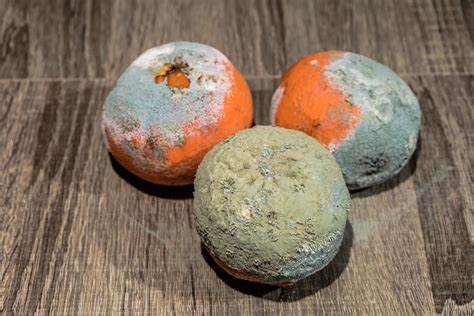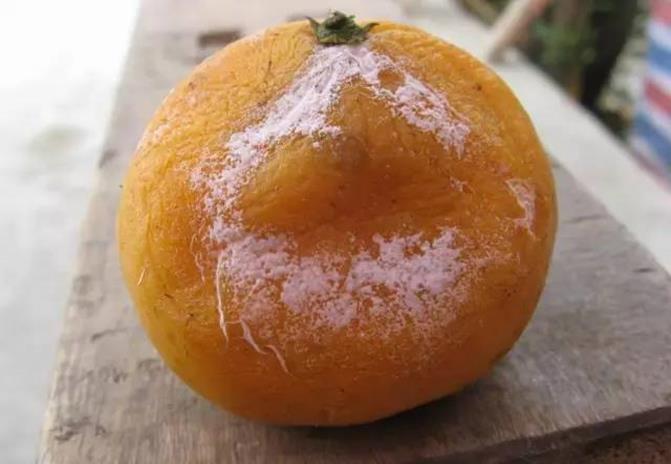Practical Control Methods of Citrus Orange Limon Acid Rot After Picking (Preservation Method)
Citrus fruits include broad-skinned mandarins, sweet oranges, grapefruit, lemons, kumquats and other types. Common postharvest diseases of citrus include penicillium, green mold, acid rot, stem rot, brown rot, oil spot, etc. Among them, green mold and acid rot are diseases that cause serious post-harvest losses. Fungal bacterial triggers.

This article specifically introduces the prevention methods of sour rot for navel oranges.
Citrus sour rot is a fungal disease caused by Geotrichum candidum. Although the spores of pathogenic bacteria germinate and multiply rapidly at room temperature, in autumn and winter, when the temperature is low, the spores of pathogenic bacteria will also germinate and multiply, which must be paid attention to. The acid rot pathogen mainly invades through wounds of citrus fruit, but some mutants can also directly invade good fruit. Some people call sour rot the “atomic bomb” of citrus after harvest, which shows that its destructive power is extremely strong.
(Typical manifestations of navel orange sour rot, softening, running water, a little white poison, smelly)

Although citrus sour rot is terrible, according to the correct control methods, the rot rate can be controlled very low even without the use of cold storage. The following points should be paid attention to in the prevention of postharvest acid rot of navel oranges:
1. Determine the suitable harvest period for navel oranges, not too early or too late. The navel oranges used for storage should be harvested in time. Ripe navel oranges have high sugar content, but low acidity, poor resistance, and are not resistant to storage.
2. Don’t pick fruit in rainy days, or pick with water. Harvest navel oranges when the weather is fine as much as possible, and it is not advisable to harvest navel oranges when there is dew in the morning and evening. Because the spores of pathogenic bacteria are easy to germinate in a humid environment, and the epidermis of the navel orange is easy to swell after absorbing water, the lenticules expand, and the pathogenic bacteria are more likely to invade, which gives a good opportunity for sour rot and green mold to invade.
3. Strictly control mechanical damage during fruit picking and transportation. Using “one fruit and two scissors” picking, professional fruit picking personnel will be more skilled, do not forcefully pull the navel oranges off the tree. Do not throw or forcefully touch children during transportation.
4. The navel oranges should be sterilized and preserved in time after being harvested. As far as possible, it should be processed on the same day of harvest. If it is too late to process on the same day, it should be processed as soon as possible the next day. In the case of difficult manual labor, it is recommended to use mechanical equipment. The post-harvest processing equipment developed and manufactured by Jiangxi Lumeng Company has a water circulation sterilization system and a thermal preservation system, which can greatly improve the processing rate and have better anti-corrosion and fresh-keeping effect.
5. Use the correct fungicides and preservatives. At present, the only preservatives with stable effect and high safety for the prevention and control of citrus acid rot are double-salt agents, and the trade name is Baikede. It will be better to use Lumeng water circulation treatment system and thermal preservation system together.
6. Large fruits are prone to disease and cannot be stored. The navel oranges are sterilized and preserved in time after harvesting. After classification, the fruits above 85 or 90 (the sorting standard by weight is below 15) are not resistant to storage. Large fruits are more prone to injury and disease during harvesting and transportation, and are also prone to dryness during storage.
7. After a short period of pre-cooling, store the single fruit in a bag in time. Pre-cooling should be carried out in a hygienic, cool and ventilated place. The skin of the fruit feels slightly soft. Use fruit fresh-keeping bags, do not leave air in the bag when bagging, and tighten the mouth of the bag.
8. Navel orange storage management. The warehouse must be kept well ventilated and sanitation free of litter. There are gaps between the storage boxes for ventilation. Pay attention to the temperature and humidity management of the warehouse to prevent the navel orange from breathing disorder, which is prone to dehydration or disease in the later stage.
(There must be a gap between the storage boxes) (temperature and humidity monitoring)
9. The choice of logistics method
Choose a refrigerated truck with a constant temperature. If you have no conditions, you should choose a ventilated caravan. Using a fully enclosed semi-trailer is very risky. For ordinary truck transportation, you must pay attention to ventilation and cooling, otherwise high temperature and high humidity will form in the center of the cargo (due to the release of C02 and H20 from the breath of navel oranges). heat) is very easy to induce acid rot, which is very common in the real process.
Post time: Apr-02-2022
